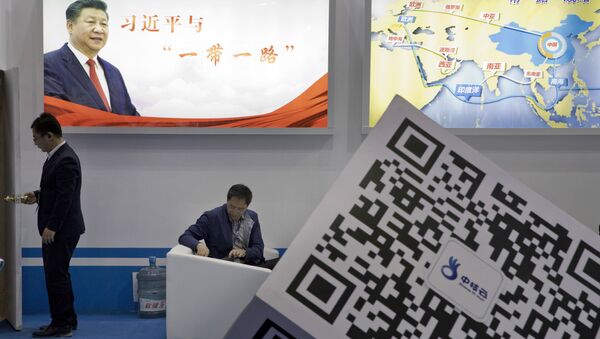WASHINGTON (Sputnik) — China's "One Belt, One Road" project, also known as the Belt and Road Initiative (BRI), could help the participants address infrastructure needs, strengthen economic connectivity, as well as support job growth, the International Monetary Fund (IMF) said in its Regional Economic Outlook report for the Middle East and Central Asia on Tuesday.
READ MORE: Different Perspectives on Eurasia
"For Central and Southwest Asia and the Middle East, infrastructure, industrial, and utility projects under the BRI, together with financial connectivity efforts and people-to-people exchanges, could help close infrastructure gaps, increase regional economic and financial integration, and support diversification and employment," the report said.
The IMF stressed that in order to "capitalize on these opportunities, projects should be well designed and managed and future costs should be fully recognized."
"Open and competitive business climates will help countries maximize gains and spread benefits," it added.
China's "One Belt, One Road" strategy, which aims to develop infrastructure and strengthen ties between Eurasian countries, was launched in 2013. The strategy is focused on the land-based Silk Road Economic Belt and the 21st-century Maritime Silk Road. In May 2015, Russia and China signed an agreement aimed at integrating efforts of both the Eurasian Economic Union and the Silk Road project.
READ MORE: 'Asia is the New Global Disorder': Challenges Facing Dynamic Chinese Economy

